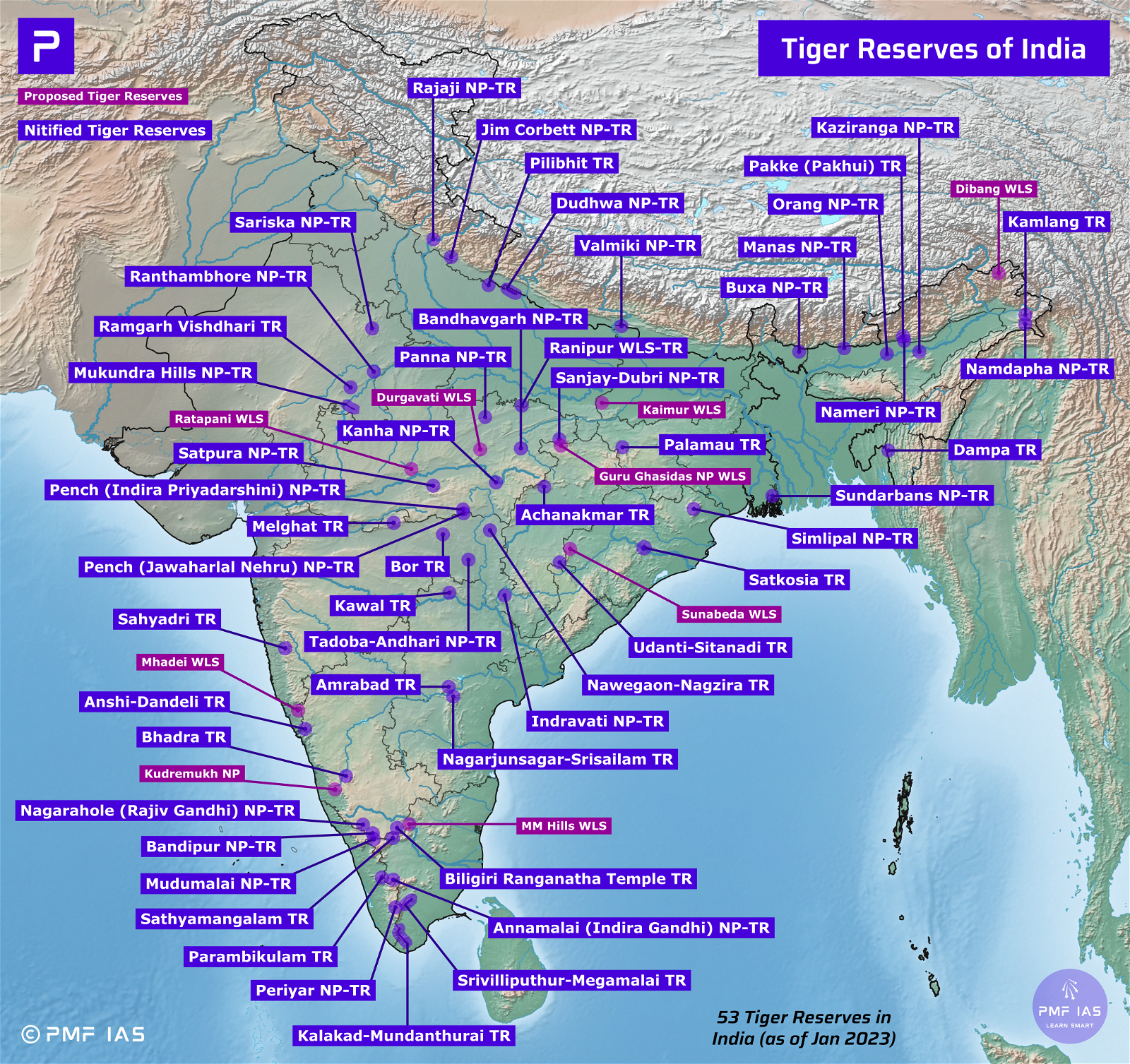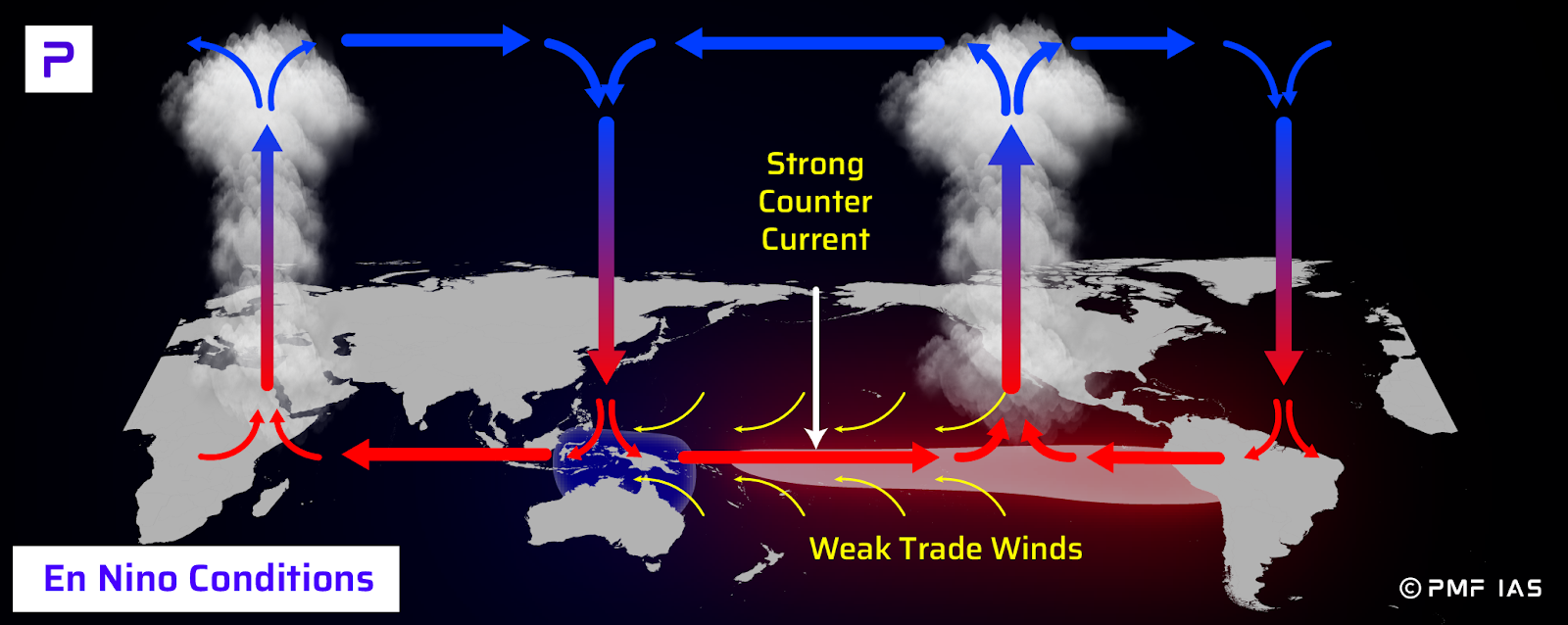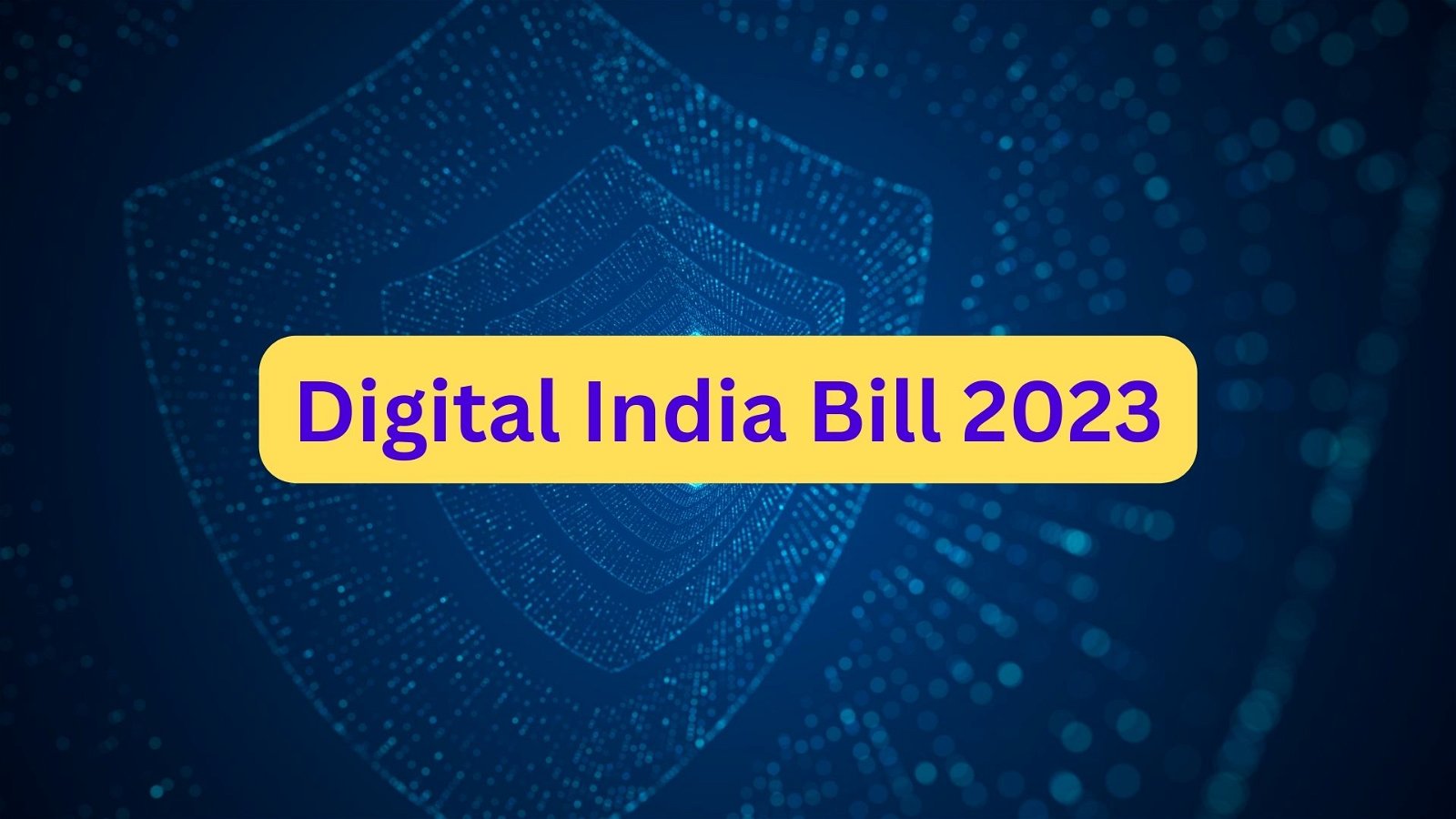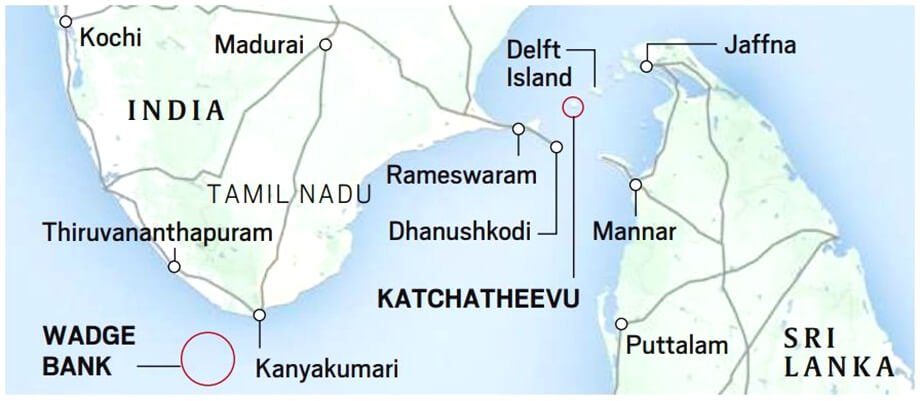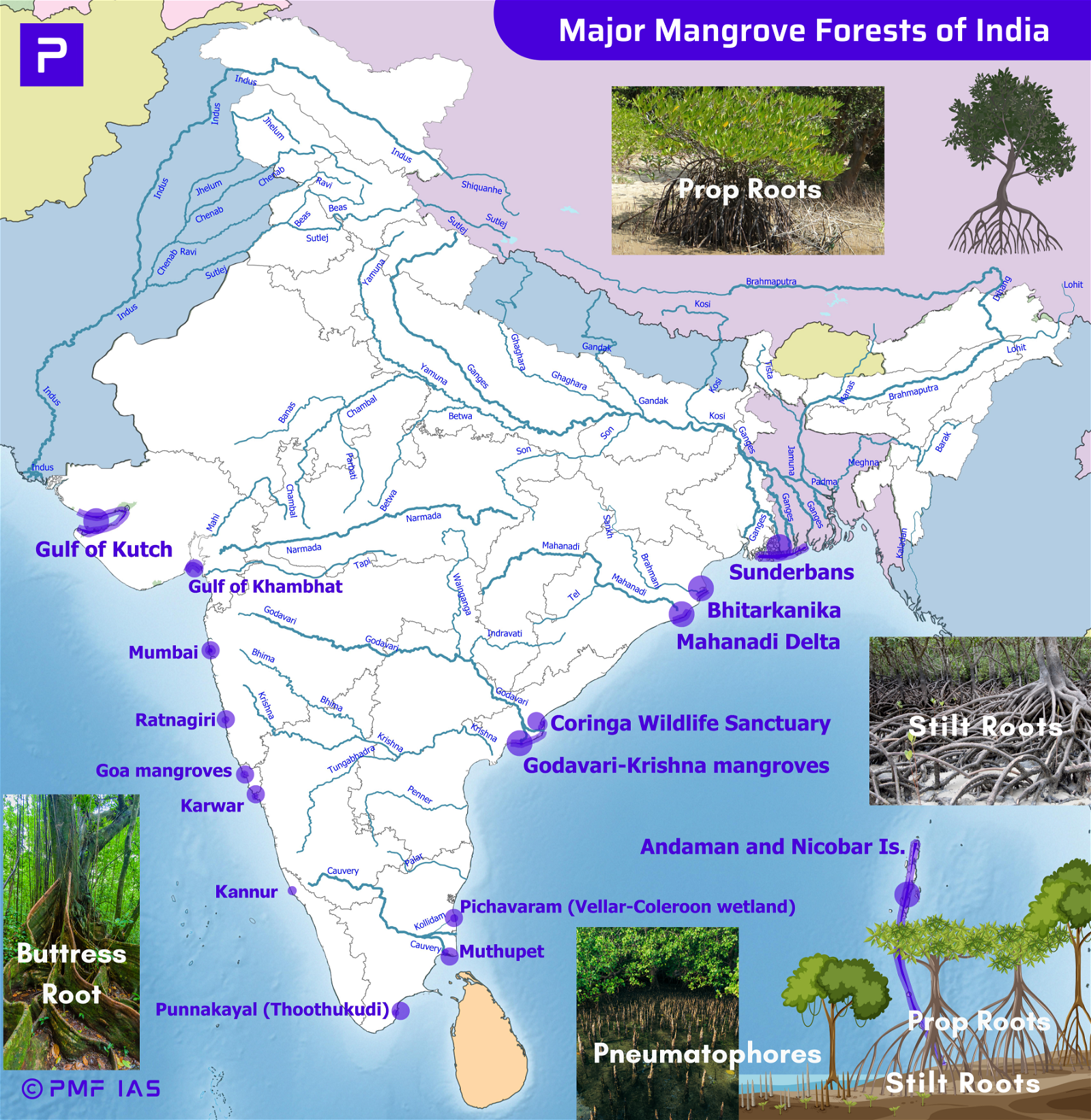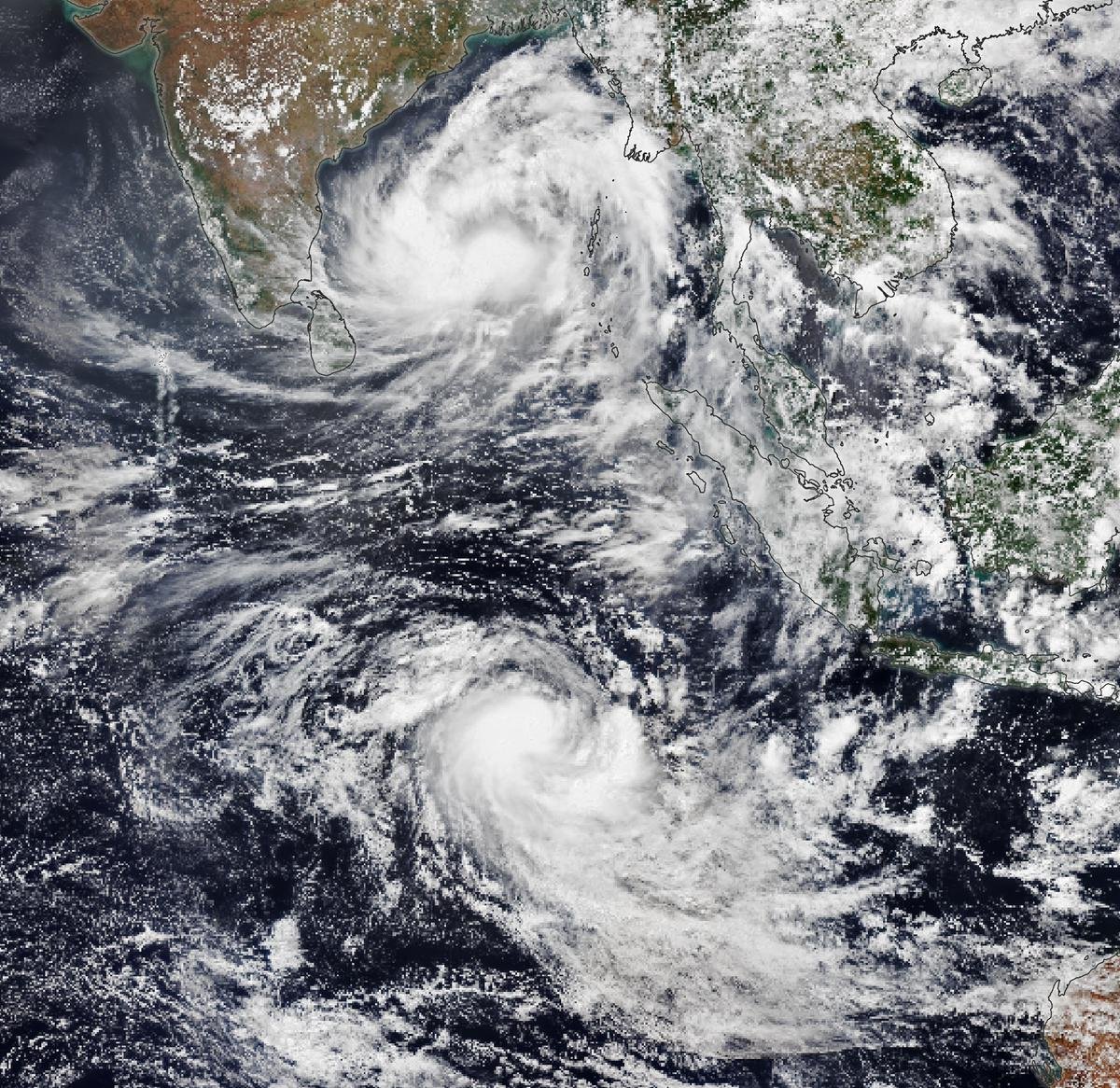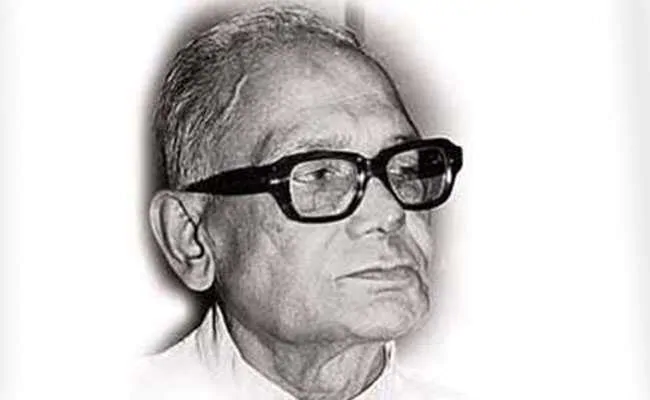
Current Affairs December 12, 2023: 75 years of Universal Declaration of Human Rights, Climate Change & Migratory Birds, Railway Safety, Ethanol Blended Petrol Programme, SC Verdict on Article 370
Subscribers of "Current Affairs" course can Download Daily Current Affairs in PDF/DOC
Subscribe to Never Miss an Important Update! Assured Discounts on New Products!
Must Join PMF IAS Telegram Channel & PMF IAS History Telegram Channel
{GS2 – IR – UN} 75 years of Universal Declaration of Human Rights
- Context (TH): Universal Declaration of Human Rights completed 75 years of its establishment.
- It was adopted by the UN on December 10, 1948, in response to the actions during World War II.
- It was discussed by the UN Commission on Human Rights and adopted by the General Assembly in the same year through Resolution 217.
- It created universal foundational principles regarding the perception of human rights and state-individual relationships.
- Although not legally binding, its principles are part of legally binding international agreements.
- The UDHR, the International Covenant on Civil and Political Rights (ICCPR) and its two Optional Protocols, and the International Covenant on Economic, Social and Cultural Rights (ICESCR), form the International Bill of Human Rights.
Significance of UHDR
- Established a comprehensive framework of fundamental human rights, covering civil, political, economic, social, and cultural aspects.
- Global consensus on human dignity irrespective of their background has been a foundational document in shaping international human rights law.
- Influence on National Constitutions: For eg, India’s Constitution incorporates principles from the UDHR, emphasizing individual liberties and freedoms.
- Advancements in Women’s Rights: Subsequent treaties like Convention on the Elimination of All Forms of Discrimination Against Women (CEDAW) build upon the principles enshrined in the UDHR.
- Protection Against Discrimination: The UDHR has been instrumental in fostering a global movement against discrimination. For eg, the U.S. Civil Rights Movement.
- Human Rights Education: The UDHR has become a cornerstone for human rights education globally, fostering awareness and understanding of basic human rights principles among people of all ages.
Challenges in implementation of UDHR
- Cultural relativism creates challenges in applying universal standards and universality of human rights.
- Enforcement: Lack of binding enforcement mechanism leaves its enforcement heavily on the goodwill of nations, making it challenging to address violations.
- Economic disparities impede the realization of rights such as the right to education, healthcare, etc.
- Political resistance particularly in authoritarian regimes, to maintain control and suppress dissent.
- Selective implementation leads to an incomplete realisation of the principles outlined in the UDHR.
- Emerging challenges, such as digital rights and environmental concerns, pose new challenges not explicitly addressed in the original document.
- Misuse and Abuse of power for political gain. For e.g., Rwandan Genocide.
{GS2 – MoEFCC – Initiatives} Indian Forest & Wood Certification Scheme
- Context (TH): The Indian Forest and Wood Certification Scheme was launched by the MoEFCC.
- It is a voluntary third-party certification scheme designed to promote sustainable forest management and agroforestry.
- Nodal Ministry: Ministry of Environment, Forests and Climate Change.
- Operating agency: Indian Institute of Forest Management, Bhopal.
- Overseen by: Indian Forest and Wood Certification Council, which will act as a multistakeholder advisory body.
- The National Accreditation Board for Certification Bodies under the Quality Council of India will accredit the certification bodies, carrying out independent audits of various entities.
- It includes three types of certifications:
- Forest Management
- Trees outside forest management
- Chain of Custody
- Forest Management Certification is based on the Indian Forest Management Standard, which is an integral part of the National Working Plan Code 2023.
- A separate Trees Outside Forests Standard is introduced as a part of the scheme.
- Significance: It can provide market incentives to various entities that adhere to responsible forest management and agroforestry practices in their operations.
{GS2 – MoJS – Initiative} AMRIT Technology
- Context (PIB): IIT-Madras has developed an ‘AMRIT’ (Arsenic and Metal Removal by Indian Technology) to remove arsenic and metal ions from water.
- It uses nano-scale iron oxy-hydroxide, which removes arsenic when water is passed through it.
- This technology aligns with the Jal Jeevan Mission (JJM) operational guidelines.
- According to JJM, a short-term measure has to be provided in habitations affected by water quality, including arsenic, on priority until alternative safe water sources are implemented.
|
Arsenic and Metal Ions in Water
- Arsenic is a metalloid, meaning it exhibits properties of both metals and nonmetals.
- Metal ions are charged atoms that have lost one or more electrons. They are essential components of many biological and industrial processes.
- Health risks associated with arsenic and metal ions are cancer, cardiovascular disease, neurological disorders, and reproductive problems.
Sources of Arsenic and Metal Ions
- Natural: Arsenic and metal ions occur naturally in the Earth’s crust. They can leach into water bodies through weathering and erosion of rocks and sediments.
- Human activities: Mining, smelting, industrial waste discharge, and agricultural runoff can contribute to arsenic and metal ion contamination in water sources.
Types of Metal Ions in Waters
|
Jal Jeevan Mission (JJM)
- JJM was launched in 2019 under the Ministry of Jal Shakti (MoJS).
- Aim: To provide 55 litres per capita per day through Functional Household Tap Connection (FHTC) to every rural household, i.e., Har Ghar Nal Se Jal (HGNSJ), by 2024.
- Funding: The fund-sharing pattern between Centre and State is 90:10 for Himalayan (Uttarakhand, HP) and NE States, 100:0 for UTs and 50:50 for the rest of the States.
|
Institutional Mechanism under JJM |
|
| National Level | National Jal Jeevan Mission |
| State Level | State Water and Sanitation Mission (SWSM) |
| District Level | District Water and Sanitation Mission (DWSM) |
| Gram Panchayat Level | Paani Samiti/ Village Water & Sanitation Committee (VWSC)/ User group |
{GS2 – MoP&NG – Schemes} Ethanol Blended Petrol Programme
- Context (IE | PIB | PIB | TH): The all-India average blending of ethanol with petrol has risen from 1.6% in 2013-14 to 11.8% in 2022-23.
Ethanol
- Ethanol is a biofuel (ethyl or grain alcohol) produced by yeast fermentation of sugars or starches.
- The hydration of ethylene can also produce it.
- It is a volatile, flammable, colourless liquid with a pungent taste and odour.
- It is commonly used as a recreational beverage, a fuel source, a solvent, and an industrial feedstock.
- Ethanol is 99.9% pure alcohol that can be blended with petrol.
Ethanol Blending Programme (EBP)
- The EBP programme was launched in 2003 with multiple objectives, including:
- Reducing import dependence
- Savings in foreign exchange
- Providing a boost to the domestic agriculture sector
- Associated environmental benefits.
- Under EBP, India aims to blend 20% ethanol in petrol (E20) by 2025.
What is the Reason Behind the Increase in Ethanol Blend?
- Ethanol blending in petrol has risen due to feedstock diversification.
- India’s ethanol production significantly increased after 2017-18 when mills began producing it from:
- B-heavy molasses and concentrated sugarcane juice/syrup.
- Surplus rice from the Food Corporation of India’s (FCI) stocks, broken foodgrains, and maize.
Food vs Fuel Debate
- The Ministry of Consumer Affairs, Food and Public Distribution directed all mills and distilleries not to use sugarcane juice/syrup for making any ethanol “with immediate effect”.
- This move was taken to ensure sufficient sugar in the country to meet domestic consumption demand in light of lower sugar production.
- When it comes to domestic supply over exports, consumers over producers and food over fuel, governments privilege the former.
{GS2 – MoS – Initiatives} Steel Slag Road
- Context (PIB): India’s first six-lane steel slag-based road connecting NH-6 to Hazira Port has been constructed.
- With this, Surat has become the first city in the country to get a processed steel slag road.
- Built as part of a joint-venture project by the Council of Scientific and Industrial Research (CSIR), Central Road Research Institute (CRRI), Ministry of Steel (MoS), NITI Aayog, and ArcelorMtttal-Nippon Steel.
Steel Slag
- Steel slag, a by-product of steelmaking, is produced during the separation of the molten steel from impurities in steel-making furnaces.
- It is a solution of silicates and oxides in a molten state which solidifies upon cooling.
Benefits of Steel Slag Roads
- Low carbon footprint
- Reduces waste and pollution: Using waste steel slag for roads reduces nearby waste pollution, preventing airborne particles and groundwater contamination.
- Cost effective: Processed steel slag road construction costs 30% less than natural aggregate roads.
- Durability: The steel slag road is 30% thinner than conventional roads but offers extended durability.
- Conserves natural resources: Steel slag substitutes natural aggregates in construction projects.
Concerns with Steel Slag Roads
- Steel slag contains trace metals like lead, zinc, and chromium. Poor processing or construction practices may cause leaching, risking soil and water contamination.
- Steel manufacturing and slag extraction produce carbon emissions.
- Uncertainties exist about the materials’ long-term performance and behaviour in varied conditions.
- Expertise needed to ensure proper handling, mixing, and construction techniques.
- Ensuring the material meets environmental and safety standards is essential to avoid potential issues.
Do High Temperatures Affect Steel Slag Roads?
- The steel slag road’s upper surface will be 1-2°C warmer during mid-afternoon than regular ones.
- But the impact on tires from such roads would be negligible because:
- Steel slag melts at over 200°C, while peak summer temperatures in India don’t exceed 45°C.
- The upper layer comprises bitumen layers with low thermal conductivity and can be modified with reflective coatings to reflect sunlight.
{GS2 – Polity – IC – Federalism} SC Verdict on Article 370
- Context (IE I TH): SC upheld the validity of GoI’s decision to repeal the special status of J&K under Article 370 of the IC.
SC Verdict
- J&K did not retain any element of sovereignty after it acceded to India in 1947.
- Section 3 of the J&K Constitution itself, apart from Article 1 and 370 of the IC makes J&K an integral part of India.
- The purpose of J&K Constitution was to ensure everyday governance in the state and the purpose of Article 370 was to integrate the state with India.
- Art 370 of IC is a temporary, transitional provision.
- The SC upheld both the presidential proclamations of August 2019.
- It referred to the 1994 landmark judgment ‘SR Bommai v Union of India’.
- The governor (President in J&K’s case) can assume “all or any” roles of the state legislature, and such action must be tested judicially only in extraordinary cases.
|
|
- It upheld the creation of Ladakh UT as valid, holding that Art 3 of IC gave Parliament the power to carve out a UT from a State.
Article 3 of IC
|
Background
- J&K was a princely state ruled by the Jamwal Rajput Dogra Dynasty from 1846 to 1947.
- During the Partition of India in 1947, Maharaja Hari Singh of J&K tried to negotiate with India and Pakistan to have an independent status for his state.
- He offered the proposal of a Standstill Agreement to both dominions, pending a final decision on the state’s accession. Pakistan accepted the offer, but India did not.
- On Oct 22, 1947, Pakistan broke the agreement by sponsoring a tribal militant attack in Kashmir.
- India assured help on the condition that Hari Singh should sign the Instrument of Accession.
|
- Maharaja Hari Singh signed the instrument of accession with India on October 26, 1947.
- It was agreed that once the situation is normalised, the views of the J&K people would be ascertained about their future.
Article 370 of the Indian Constitution
- Article 370 had been described as a tunnel through which the Constitution was applied to J&K.
- Article 370 is the first article of Part XXI of the IC (Temporary, Transitional & Special Provisions).
- It exempted the state from the application of the Indian Constitution, except for Article 1 (which defines India as a union of states) and Article 370 itself.
- It allowed the state to draft its constitution.
- For extending a central law on subjects included in the Instrument of Accession, mere ”consultation” with the state government was needed.
- But for extending it to other matters, “concurrence” of the state government was mandatory.

Presidential Order – 1954
- By the 1954 order, almost the entire Constitution was extended to J&K including most Constitutional amendments (with some exceptions).
Key provisions of the 1954 Order
- Indian citizenship was extended to the permanent residents of J&K.
- The fundamental rights of the IC were extended to the state.
- The jurisdiction of SC was extended to the State.
- The power to declare a national emergency in the event of external aggression was given to the Central Government.
Article 35A
|
Abrogation of Article 370
- Article 370 was altered on August 5, 2019, by the President of India through a Presidential Order.
- It bifurcated the state of Jammu and Kashmir into two UTs: Jammu & Kashmir and Ladakh.
|
Legal Aspects
- Article 370 was intended to be temporary until Kashmir’s Constitution was drafted, and the Constituent Assembly of J&K had the power to recommend its abrogation to the President.
- The Constituent Assembly of J&K, however, dissolved itself in 1957 without making any recommendation for amendment or abrogation.
- SC has ruled on multiple occasions that Article 370 is a permanent part of IC since the only body that could have abrogated it has been dissolved without doing so.
Legal standpoint
- Article 370(1)(d) mentions that the President has the power to modify the Constitution to make it applicable to J&K.
- Article 367 was modified accordingly (as it applies to J&K) through a Presidential order which required that the ‘Constituent Assembly’ in Article 370(3) be read as the J&K Assembly!
- This way, The President has attempted to amend Article 370 indirectly.
- Therefore, the IC, as it applies to J&K now has two provisions that say contradictory things.
- Article 370(3) says that the Constituent Assembly of J&K can recommend the abrogation of Article 370. (But it was dissolved in 1957)
- Article 367(4)(d) says that Constituent Assembly must be read to mean J&K Assembly!
- The Presidential Order enables President to do indirectly what he cannot do directly, i.e. amending Article 370 through Article 367 because he has no power to amend Article 370 directly.
- The President has exceeded the confines of the power delegated to him under Article 370(1)(d).
Rule: Breaking the door to enter the house is illegal. Loophole: Okay then, we will break the wall and enter the house! Or better, we will install a new door on the broken wall and then open it legally. SC: Please wait!
Article 367 and J&K
|
Which provision should prevail?
- Principles of Statutory Interpretation require that the meaning of a provision must be derived from its wording unless it is unclear.
- An interpretation clause cannot override the precise meaning of the actual provision, i.e., Article 367(4)(d) cannot override Article 370(3).
- In the Keshavananda Bharati case, which established the Basic Structure doctrine, i.e., a constitutional functionary cannot use the powers given to him under the Constitution to do what the Constitution never intended for him to do.
Abrogation Of Article 370 under President Rule
- The Presidential Order is also problematic because J&K was under President’s Rule.
- The requirement of obtaining the concurrence of the J&K Assembly was therefore dispensed with.
- Taking Such a Decision under President’s Rule in a State was considered a breach of India’s commitment to federalism.
{GS3 – Envi – Air Pollution} Hydrogen Based Economy
- Context (IE): Ministry of New and Renewable Energy (MNRE) proposed an exemption for green hydrogen developers from list of authorised manufacturers to make exports of green hydrogen competitive.
Hydrogen as Fuel
- Hydrogen is a colourless, odourless, highly flammable, non-toxic gas.
- It is the lightest and most abundant element in the universe.
- On earth, it never occurs freely. It exists combined with other elements, e.g., water (H2O).
- It has to be produced using other sources of energy. Hence, it is an energy carrier (like electricity) and not an energy source.
- Hydrogen is a clean molecule that produces only water and water vapour as by-products when used as fuel. However, the process of extracting it is energy-intensive.
|
Types of Hydrogen
- Hydrogen is classified into different types based on the energy source used in its production:
- Brown Hydrogen: Produced using coal without carbon sequestration (high carbon emission).
- Grey Hydrogen: Produced using Natural Gas without carbon sequestration (carbon emission).
- Blue Hydrogen: Produced using Natural Gas with carbon sequestration (low carbon emission).
- Green Hydrogen: Produced using Renewable Energy (Zero carbon emission; carbon sequestration is not needed).
Green Hydrogen
- Green hydrogen is produced by splitting water into hydrogen and oxygen using an electrolysis process powered by renewable energy (like wind and solar energy).
|
Benefits of Green Hydrogen
- Green hydrogen releases no carbon by-products because it is produced using renewable energy (water and water vapour are the only by-products it releases). So, it has a low carbon footprint.


- It is challenging to use renewable energy as a steady source of energy supply. So, green hydrogen helps in the utilisation of renewable energy while meeting energy needs steadily.
- It is light, storable for a long time and energy-dense (storing a large amount of energy in relation to its volume). So, it is suitable for long-distance mobilisation.
Challenges in the use of green hydrogen
- High transportation cost of renewable energy required in green hydrogen production.
- High cost of production and lack of infrastructure.
- Limited technology to use green hydrogen in different sectors.
Significance of Hydrogen Economy
- Meeting rising power demand: According to IEA’s forecast, India will overtake the European Union to become world’s third energy consumer by the year 2030.
- Employment potential: Hydrogen economy is expected to create 30 million jobs by 2030.
- Leveraging India’s advantage: India has immense geographical advantage to produce hydrogen from solar and wind and meet 32% of Asia-Pacific’s (APAC’s) hydrogen demand.
- Role in India’s decarbonisation journey as burning of hydrogen produces only water vapour, with no residue or climate-harming impact.
- Boost to e–vehicle market through Hydrogen Fuel Cell Vehicles (FCVs).
- Key to Aatmanirbhar Bharat: By leveraging hydrogen economy, India can reduce imports of oil, coal, & natural gas, and become net hydrogen exporter to countries in Europe & Asia.
Challenges in Implementation of Hydrogen Economy
- Though abundant, it is rarely available in pure form. Producing hydrogen from fossil fuels defeats the ‘green’ purpose, whereas production by water electrolysis requires considerable energy.
- Energy intensive: Along with production, high-grade electrical energy is used to compress, liquefy, transport, transfer or store hydrogen.
- High costs: The technology used in production, like Carbon Capture and Storage (CCS) and hydrogen fuel cell technology, are still at nascent stage and are expensive.
- Challenges in integrating with Grid.
- Lack of awareness regarding the commercialization, infrastructure development, and demand creation of hydrogen-based technology.
- Lack of standardisation & uniform codes to encourage deployment of hydrogen-based technologies.
Way Forward
- Enabling policy framework to increase demand and accelerated infrastructure development, such as of pipeline networks and last-mile connectivity.
- For eg. integration of Green Hydrogen (GH) targets with Perform, Achieve and Trade (PAT) scheme, and implementation of GH purchase obligation for industries.
- Improve fuel economics: Improving hydrogen supply reliability by blending green hydrogen with conventionally produced hydrogen.
- Start pilots by incentivising companies to use hydrogen in shipping, steel and cement plants and other ‘hard to abate’ sectors through trial runs.
- Domestic manufacturing: It needs to secure supplies of raw materials for this technology and must learn from National Solar Mission.
{GS3 – Envi – Climate Change} Climate Change & Migratory Birds
- Context (DTE): ‘Climate change and migratory species: a review of impacts, conservation actions, indicators and ecosystem services’ report has been released by Conservation of Migratory Species of Wild Animals (CMS) at COP 28.
- It was commissioned by the Government of the UK & Northern Ireland through the Joint Nature Conservation Committee (JNCC) and prepared by the British Trust for Ornithology (BTO).
|
Findings of the Report
- Impacts of Climate Change on migratory birds:
- Changes in the reproduction cycle and survival of species.
- Poleward shifts and earlier migration and breeding.
- Loss of wetlands and reduced river flows impact the migration of fish and waterbirds.
- Extreme climate-related events, such as landslides, causing habitat destruction.
- Changes in oceanic currents altering the nature and functioning of marine & terrestrial ecosystems.
Significance of Migratory Birds
- They are a source of nutrition and services such as pollination, seed dispersal and pest control.
- Contribute to climate change mitigation by decomposing their faeces, locking carbon into the soil/seabed, and maintaining trophic webs that protect forest or seagrass beds important for carbon sequestration.
- Contribute towards climate change adaptation by enhancing ecosystem resilience; for eg, seabird guano increases the nutrients available for coral reef growth, which in turn reduces coastal erosion.
Conservation of Migratory Species of Wild Animals (CMS)
- It is an environmental treaty under the aegis of the United Nations Environment Programme (UNEP).
- Signed in 1979, in Bonn, Germany, it is also known as the Bonn Convention.
- It is the only global, & UN-based, intergovernmental convention established exclusively for the conservation and management of migratory species (terrestrial, aquatic, & avian), their habitats and migration routes.
- The convention has legally binding agreements and non-legally binding Memorandum of Understandings (MoUs) tailored to conservation needs.
- CMS consists of 2 appendices:
- Appendix I of CMS: It lists the Migratory species threatened with extinction, and Parties strive towards strictly protecting them.
- Appendix II of CMS: Migratory species that need or would significantly benefit from international cooperation.
- Member: 133 parties, including India. India is a party to this convention since 1983 (China, Russia, US, Canada, Japan are not its members).
{GS3 – Infra – Railways} Railway Safety
- Context (TH): Ministry of Railways stated that 361 workers have died in past 5 yrs due to train accidents.
Status of Railway Safety in India
- From 2016-21, the number of consequential train accidents (incidents caused by operational lapses, such as derailments, collisions and fires) declined by nearly 80%.
- According to report by the National Crime Records Bureau (NCRB), more than 12,000 railway passengers were killed in 2020.
Causes of Railway Accidents
- Inadequate investment: Lack of resources for operation, maintenance, & technological upgradation of railways assets (tracks, coaches, signals), due to poor finances, etc.
- Over-utilization of routes: Running as high as 150% of capacity on some routes, less time for safety inspections & maintenance of tracks, rendering trains more susceptible to collisions.
- Negligence in maintenance: Lack of timely track renewal, dependence on trackmen to detect rail fractures, sabotage, failure to purchase adequate spares.
- Slow pace of technology adoption: Approx 70% passenger trains using ‘old’ Integral Coach Factory (ICF) coaches which are not safe at higher speeds and pile up over one another in case of an accident.
- Lack of last mile works like easing of sharp curves, strengthening bridges, improving track geometry to tighter tolerances, etc. leading to train derailments.
- Organizational Issues: Absence of an independent mechanism for safety regulation. Lack of coordination between different departments of railways overseeing safety function.
Way Forward
Safety Measures (Anil Kakodkar Committee, 2012)
- Setting up of an independent statutory body, i.e., Railway Safety Regulatory Authority.
- Strengthen the Railway Safety Commission to undertake meaningful safety inspections.
- Greater autonomy to Research Design and Standards Organisation to absorb new technologies.
- Setting up Research and Development Council as apex body with research centres under it.
- Allocating 2% of annual Railway revenue for R&D.
- Separation of Dedicated freight corridors and high-speed passenger train corridors.
Railway Modernization (Sam Pitroda Committee on Railway Modernization, 2012)
- Modernise core assets like coaches, tracks, bridges, signals, rolling stock, stations.
- Investment in modern technologies like high speed LHB coaches etc.
Resource Mobilization & Modernization of Railways (Anil Kakodkar/Sam Pitroda/Bibek Debroy Committee)
- Non-lapsable safety fund to be financed out of safety cess.
- Rationalise railway fares, linking it to inflation & fuel prices. Freight tariffs to be made competitive.
- Calibrated Disinvestment in Railway PSUs.
- Commercial utilization of railway land bank & air space.
- Increase retail revenues from railway stations, contracting space to private players.
GoI Initiatives for Railway Safety
- Establishment of Railway Safety Fund (RSF) for conversion of all unmanned level crossing.
- Rashtriya Rail Sanraksha Kosh (corpus of 1 lakh Cr) for completion of critical safety related works.
- Replacement of Old Mechanical Signalling with Electronic Signalling, installation of CCTVs etc
- Mission Zero Accidents
- “MeriSaheli” initiative for security of women travelling in trains.
{Prelims – Envi – Species} Pinna Nobilis
- Context (TH): Pinna nobilis, a huge clam on the verge of extinction, had a surge in numbers.
- Pinna nobilis (also called noble pen shell or fan mussel) is a large species of Mediterranean clam.
- It started dying out as a deadly pathogen spread around the Mediterranean around 2016.
- Habitat: It is found in marine neritic areas.
- Threats: Tourism, shipping, fishing, climate change, invasive species.
- Conservation Status: IUCN: CR

Significance of Clams
- Filter feeders: Clams enhance water quality and clarity by removing plankton and particles.
- Food source: An abundance of clams helps sustain the food chain and marine ecosystems’ health.
- Habitat: The shells of clams provide shelter and protection for other marine creatures.
- Sediment stabilisation: Clam beds stabilise seabed sediments, curbing erosion and protecting coasts.
- Pollution indicator: Clams are sensitive to water quality changes and can serve as pollution monitors.





![PMF IAS Environment for UPSC 2022-23 [paperback] PMF IAS [Nov 30, 2021]…](https://pmfias.b-cdn.net/wp-content/uploads/2024/04/pmfiasenvironmentforupsc2022-23paperbackpmfiasnov302021.jpg)
